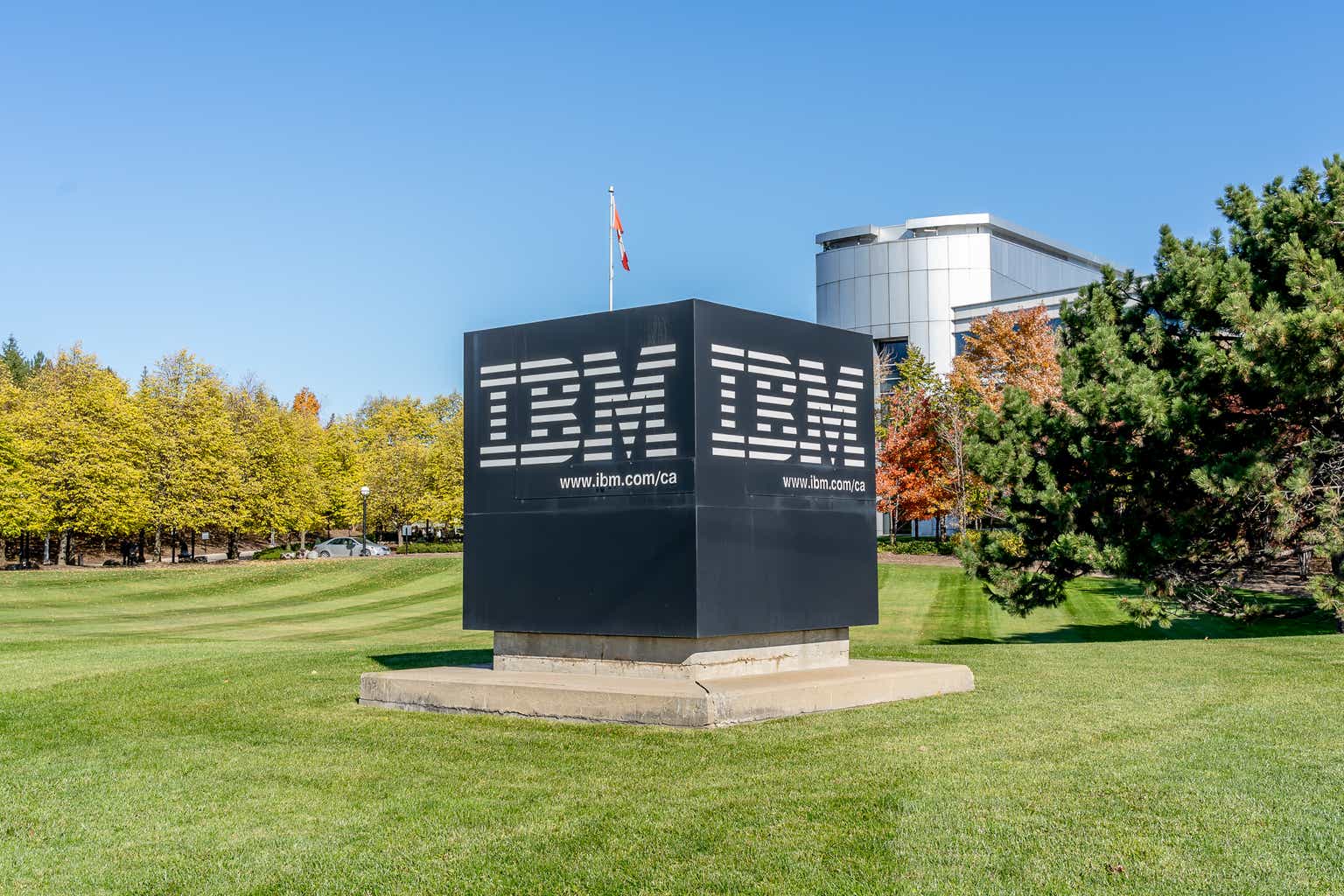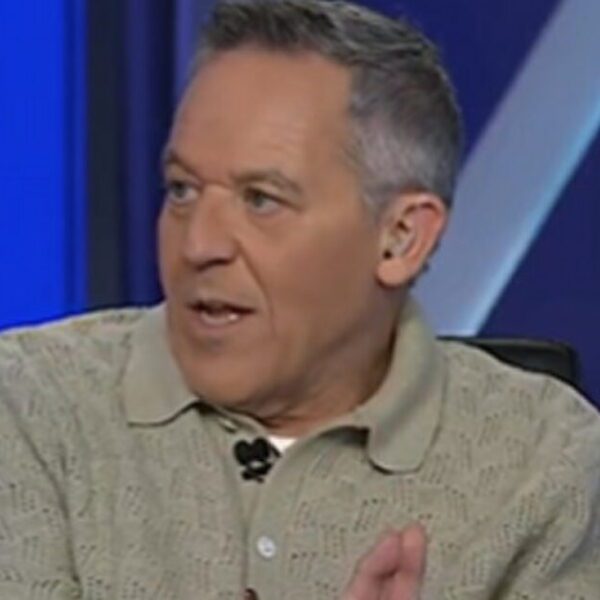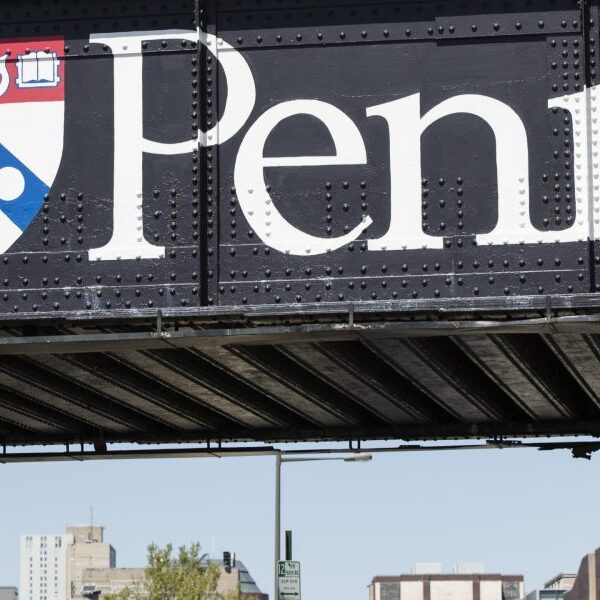Pawel Kacperek/iStock via Getty Images
To our clients & friends:
For the third quarter of the year ended September 30, 2025, the Giverny Capital Asset Management (“GCAM”) model portfolio performed as follows:
| GCAM Performance | Quarter ended | Year-to- date ended | One-year ended | Three-years ended | Five-years ended | *Annualized Since Inception |
|---|---|---|---|---|---|---|
| 9/30/2025 | 9/30/2025 | 9/30/2025 | 9/30/2025 | 9/30/2025 | 9/30/2025 | |
| Portfolio Return-Net | 6.79% | 12.57% | 13.44% | 24.05% | 15.26% | 18.89% |
| S&P 500 TR | 8.12% | 14.83% | 17.60% | 24.94% | 16.47% | 20.70% |
| Excess Return-Net | -1.33% | -2.26% | -4.15% | -0.89% | -1.21% | -1.80% |
- Inception Date 04/01/2020
Returns longer than one year are annualized
We held our annual client meeting on October 3rd, discussing the portfolio and taking questions from clients for two hours. We appreciated the excellent dialogue. Clients will receive a link to the video in coming days. We hope you will take the time to watch as I think it would add to your understanding of our portfolio and philosophy.
We generated good performance in the third quarter, as did the S&P 500 Index. We were ahead of the Index for most of the quarter, but at the end of September, our large holding, Constellation Software (OTCPK:CNSWF), announced its founder and CEO, Mark Leonard, would retire immediately for health reasons. Leonard rates as one of the best leaders I have ever met, and the market greeted this sad news by selling the stock. Constellation’s stock declined 18% in US dollars in September. Given that it began September as 7% of the portfolio, that hurt us. At the very end of the quarter, yet another poor earnings result from CarMax (KMX) drove that stock down. Thus, we ended up where we did.
Mark Leonard built a remarkable team over his decades at Constellation and delegated considerable responsibility to business unit leaders, many of whom have spent their careers at the company. I have full confidence in successor Mark Miller, a 30-year employee, and the team to carry on Leonard’s vision, while at the same time wishing him a full recovery.
It’s an interesting time (in so many ways) as we’re pairing a skittish and somewhat sluggish economy with manic exuberance in the stock market. US tourism is soft, with hotel occupancy down in many markets. The labor market is weak enough that the President is firing statisticians for documenting it. Tariffs are beginning to squeeze small business profits. US farmers have limited foreign markets for their soybeans, which may require a government bailout. I hear anecdotally that the CEOs of some of the largest US manufacturers are spending as much time in Washington, D.C. trying to negotiate for better, or at least clearer, tariffs as they’re spending running their companies. One would think these data points would chasten investors, but they have not. Enthusiasm over hundreds of billions of dollars of investment in Artificial Intelligence data centers, and over America’s leading role in this innovation, overshadows all bogeymen.
I’ve been doing this long enough to know that predicting the short-term direction of the stock market is a fool’s errand. So, suffice to say I have concerns about the sustainability of the rally, but that has been true for a while now. Since I don’t know what will happen next, I control for what I can control for: we continue to own terrific companies run by high quality people. I feel good about the overall quality of our businesses, management teams and earnings trajectories.
Why the confidence? Well, nine of our 10 largest holdings have a founder or founding family involved in management or sitting on the board. Four of those 10 have net cash on their balance sheets. The only top 10 position without a founder or family member involved is Progressive Corp., where the founder’s son Peter Lewis served as CEO and/or Chairman from 1965 until his death in 2013. In large measure, we are aligned with owner-managers who have their life’s work tied up in a business and have created distinctive cultures characterized by bold vision and financial conservatism.
I’ll give an example of why I am happy to be invested alongside these types of managers. Last year, we acquired shares in Medpace Holdings (MEDP) at about $381. Our partners in Montreal owned Medpace and knew it well, and the more John Bleday and I studied the business, the more impressed we were. Medpace is a contract research organization that does clinical trials for early stage biopharmaceutical companies. These are often start-ups with a promising drug compound that need help conducting trials on hundreds of patients to demonstrate efficacy.
After we bought the stock, there were concerns that the US Food & Drug Administration under Robert F. Kennedy, Jr., would be hostile to new drug discovery, and that this hostility could cause funding for drug trials to dry up. Medpace suffered some cancellations in its backlog and shares dropped steadily towards $300. As they dropped, we bought more. Throughout, we believed the company was a credible communicator and took notice that it consistently said business was okay and that it would be adding workers to prepare for future growth.
In July, Medpace released a terrific earnings report. In that report, it disclosed that it had repurchased 9% of its outstanding shares at depressed prices in the second quarter. The stock rose more than 50% in one day. Subsequently, it rose even more, closing on September 30th at $514 and becoming our sixth largest holding.
Concerns about the environment for drug discovery continue. But Medpace has been transparent throughout the turmoil. It is run by a founder, August Troendle, who has built a $2.8 billion net worth in the business. He knows what Medpace is worth and what its prospects are. The company built a large cash balance over the years, and when the stock reached depressed levels, Troendle invested in himself and his people. This is what great leaders do, and it’s why I’m delighted that we are Medpace shareholders.
JP Morgan market strategist Michael Cembalest recently noted that since ChatGPT launched in November 2022, a basket of 41 AI-related stocks have accounted for 75% of S&P 500 returns, 80% of the Index’s earnings growth and 90% of capital spending growth.
We own Arista (ANET), Alphabet (GOOGL)(GOOG) and Meta (META) in that basket- and now non-S&P component Taiwan Semiconductor (TSM)-and together they make up 30% of our portfolio. All have grown earnings rapidly. But our portfolio over the past three years has gotten substantial earnings growth from Charles Schwab (SCHW), Constellation Software, Medpace, Progressive (PGR), Kinsale Capital (KNSL) and others. AI enthusiasm may be warranted given the outstanding earnings growth of the leading technology firms, but I’m happy with our differentiated set of businesses. Our returns and earnings growth are not coming from one place.
For the first nine months of the year, we’ve received strong performance from Medpace +55%; Installed Building Products (IBP) +41%; Heico Class A (HEI.A) +37%; Arista Networks +32%; JPMorgan (JPM) +32%; Ferguson Enterprises (FERG) +29%; Charles Schwab +29%; Alphabet +28% and Meta Platforms +25%.
Unfortunately, the weak performers for the same period were quite weak. Our detractors from performance this year include CarMax -45%; Align Technology (ALGN) -40%; Fiserv -37%; Constellation Software -12%; Kinsale Capital -9% and Credit Acceptance (CACC), flat.
For planning purposes, taxable accounts should know that we’ve taken gains this year on some of our strongest long-term performers, trimming Arista, Alphabet, Meta and Progressive. In the model portfolio, which is our oldest account (it was open at inception) and so has owned the core positions the longest, long-term gains realized through September 30th amount to about 6% of the value of the account. At a 20% federal tax rate for long-term capital gains, that account will owe roughly 1.2% of the Sept. 30 value in federal taxes next year.
We have more clients who’ve been with us for three years or thereabouts than the full 5/2 years from inception. For those accounts, the long-term gains are more in the range of 3.5%-to-4% of the account value. We endeavor to be a tax-efficient manager, but our model portfolio is up roughly 90% over the past three years, net of fees. It’s a champagne problem to owe taxes on significant capital gains.
During the quarter, we initiated a 3.5% position in Taiwan Semiconductor (TSM), the world’s foremost semiconductor manufacturer. Since its founding by former Texas Instruments (TXN) executive Morris Chang in 1987, Taiwan Semi has operated as a foundry, making chips designed by others. This was a different model from Intel (INTC), which both designed and manufactured its own chips. Intel has been a great company for decades, but eventually it fell behind on the implementation of EUV lithography, which has become table stakes technology for chip manufacturers.
Meanwhile, chips are becoming more complicated to manufacture as designers pack more transistors onto tiny slivers of silicon. In 2023, the newest generation of Nvidia (NVDA) chips was carrying electric signals separated by three nanometers on a chip. For reference, the width of a human hair is 50,000 nanometers. Samsung (OTCPK:SSNLF) and Intel, the best competitors to TSMC, struggled to make chips at this specification and TSMC began to look like a monopoly at the leading edge. Two years later, TSMC is making chips at two nanometers and is working on 1.4 nanometer chips. Intel and Samsung continue to struggle with yields at three nanometers. Again, the smaller the distance between transistors, the more signal a chip can carry. More signal equals more processing power.
Demand for the most powerful chips is booming. The CEO of Advanced Micro Devices (AMD) forecast recently that the market for high performance chips should grow 60% annually through 2030. TSMC may be the only foundry that can produce such chips. Yet while Nvidia and Broadcom (AVGO), two leading chip designers, trade for prices in the neighborhood of 40x next year’s earnings, their sole manufacturer of finished product trades for half that multiple.
If you look at the top 10 stocks in the S&P 500, four of them are directly dependent on TSMC as their sole source of chips: Nvidia, Broadcom, Apple (AAPL) and Tesla (TSLA). The market is rightfully concerned about the risk of conflict between China and Taiwan, and the possibility that TSMC could be shut down during a military action. In my opinion, which could be wrong, this risk is no less threatening to Apple and Nvidia as to their manufacturing partner. Plus, TSMC is investing some $165 billion dollars in manufacturing capacity in the US and should have 30% of high-end capacity here by 2028.
In sum, this is an investment John and I believe offers the potential of high earnings growth at an attractive price, a “fat pitch” that rarely gets thrown across the plate. We know why the pitch has come our way: geopolitical risk.
John and I think the market is wrong to view the US-based chip designers as somehow insulated from the risk of military conflict in Taiwan so long as they are dependent on TSMC for supply. Until evidence emerges that Intel, Samsung or someone else is making significant progress at the leading edge of manufacturing, TSMC appears to have enormous pricing power and volume growth for years to come.
As for sales, we trimmed Credit Acceptance throughout the third quarter and exited fully on October 1. We believe Credit Acceptance has fallen behind other leading subprime lenders in both technology and underwriting sophistication and may have a hard time catching up.
Other transactions included trims of Alphabet, Arista and Meta, which remain our three largest positions, and additions to Kinsale Capital and TWFG. We finished the quarter with a 7% weight in cash.
I will end with a note of caution. While I am excited over TSMC’s prospects, I also perceive that enthusiasm over Artificial Intelligence has reached a level of euphoria. In late September, Nvidia announced a deal in which it would invest 100 billion of Nvidia chips. Nor does the customer have a proven business model: OpenAI is expected to lose $14 billion in 2026. Nvidia has done similar deals with other start-ups, most notably CoreWeave.
Maybe I’m just getting cranky, but these circular arrangements recall for me the dot com boom at the end of the 20 Century, when Lucent and Nortel financed start up customers who were building out communications infrastructure. While that infrastructure became the backbone of the Internet economy, many of the infrastructure pioneers went bankrupt along the way, as did Nortel. Lucent went from reporting a $4.8 billion net profit in 1999 to cutting its workforce by 80% and being acquired cheaply by the French company Alcatel in 2006.
I am not predicting disaster for Nvidia. It has enormous reserves of cash and evidently has decided the best use of that cash is to seed the next round of AI infrastructure buildout. But the history of vendors financing unproven customers is not a happy one. I am curious why the most powerful monopoly in the world, with great demand for its chips, feels compelled to commit $100 billion to a deal that looks a lot like propping up the pricing for its products.
Our portfolio has a lot of exposure to AI in the form of Arista Networks, Alphabet, Meta, Taiwan Semiconductor and AAON (AAON) (which provides cooling solutions to data centers). But it must be said that the biggest AI winner by far is Nvidia-the stock has compounded at roughly 120% per year since 2019 and is now worth 100 billion purchase from a money-losing customer?
With every good wish,
David M. Poppe
|
Disclosures The performance returns presented herein are those of a Poppe family account (the “Portfolio”) that serves as the model portfolio of Giverny Capital Asset Management LLC (“GCAM”). The Portfolio is managed in accordance with the investment strategy that GCAM employs for its client accounts; however, the performance of a client account may differ from that of the Portfolio due to account size, client-specific guidelines or restrictions, tax considerations, cash flows into and out of the account and timing of transactions and other factors. Performance returns of the Portfolio as of the most recent quarter end can be found at Performance – Giverny Capital Asset Management. Past performance is not necessarily indicative of future results. Top 10 Holdings* – September 30, 2025
Total 61.3% *The holdings are those of the Portfolio as of the date indicated. Client account holdings may differ from those of the Portfolio due to account size, client-specific guidelines or restrictions, tax considerations and other factors. The Portfolio’s holdings are subject to change and are not recommendations to buy or sell any security. The percentages are of total assets. Top 10 holdings of the Portfolio as of the most recent quarter end can be found at Performance – Giverny Capital Asset Management. The views expressed herein are those of GCAM as of the date of this letter and are subject to change without notice. GCAM makes no representations or warranties regarding the completeness or accuracy of any information contained herein, and does not guarantee that any forecast, projection or opinion will be realized. This letter is presented for informational purposes only, and the information herein is not intended, and should not be construed, as investment advice or as an offer or recommendation to buy or sell any security. All investments involve risk and may lose value. For a discussion of risks, see Item 8 of GCAM’s Form ADV Brochure. Certain statements herein are “forward looking statements.” Forward-looking statements are subject to risks, uncertainties and other factors that could cause actual results to differ materially from future results expressed or implied by such forward-looking statements. Readers should carefully consider such factors. Forward-looking statements speak only as of the date on which such statements are made; GCAM undertakes no obligation to update any forward-looking statements to reflect events or circumstances after the date of such statements. |
Editor’s Note: The summary bullets for this article were chosen by Seeking Alpha editors.















